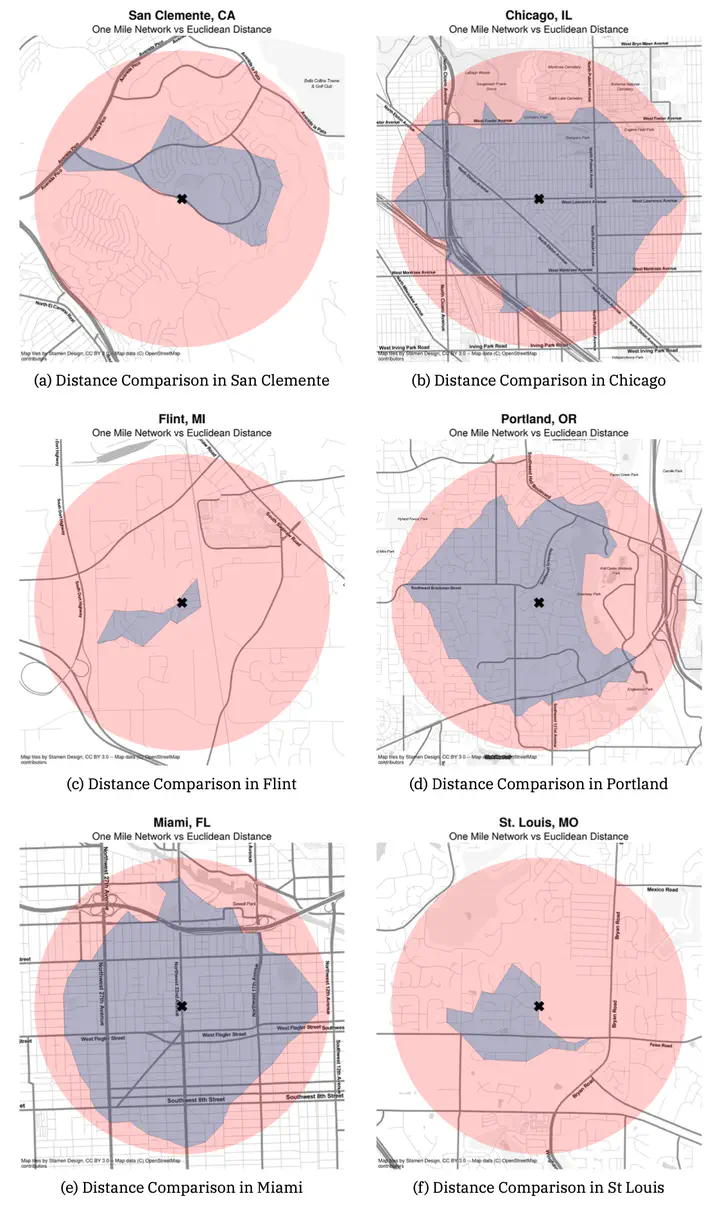New Paper by Knaap and Rey Examines Travel Networks and Racial Segregation

In a new paper published in Environment and Planning B: Urban Analytics and City Science, SASS scholars Knaap and Rey show the importance of considering features of the built and natural envrironment–especially transportation networks, when measuring racial residential segregation.
From the paper:
“For each metropolitan region in the U.S., we compute both Euclidean and network-based spatial segregation indices. We use a novel inferential framework to examine the statistical significance of the difference between the two measures and following, we use features of the network topology (e.g., connectivity, circuity, throughput) to explain this difference using a series of regression models. We show that there is often a large difference between segregation indices when measured by these two strategies (which is frequently significant). Further, we explain which topology measures reduce the observed gap and discuss implications for urban planning and design paradigms.
See more at the publisher’s website